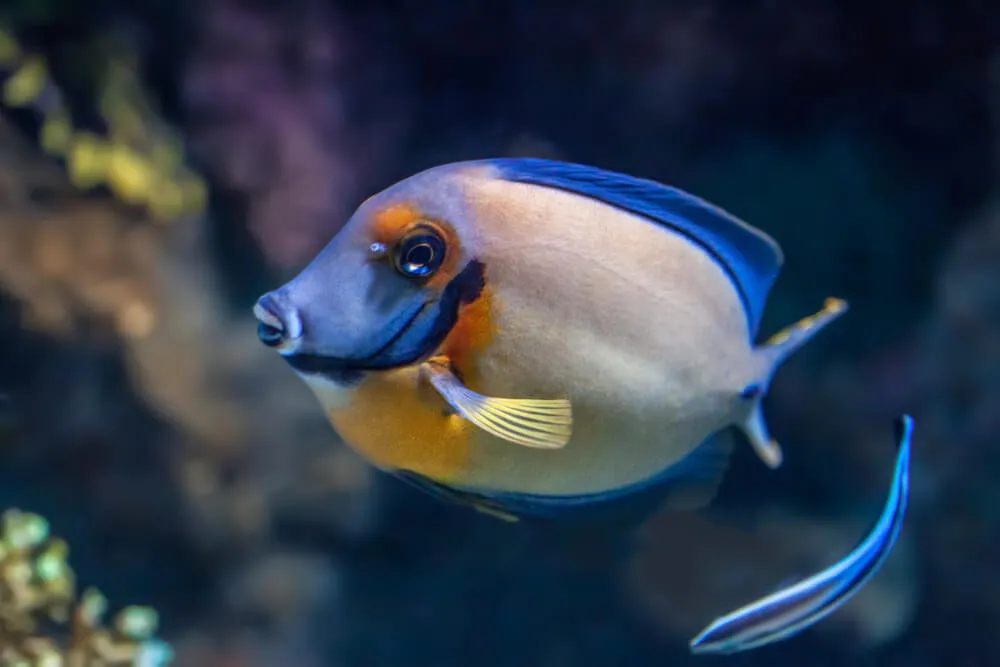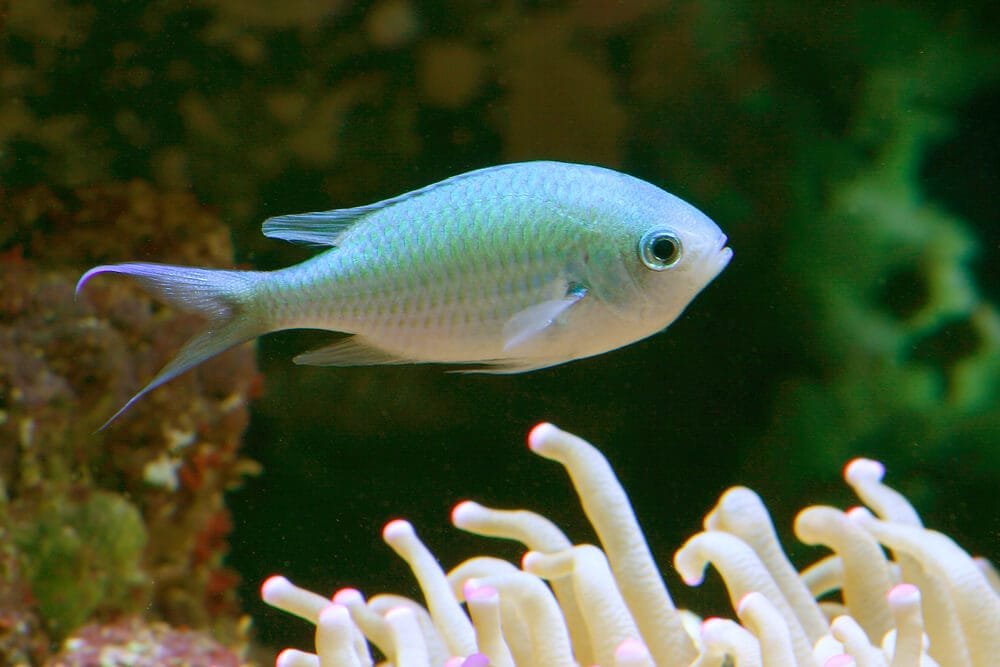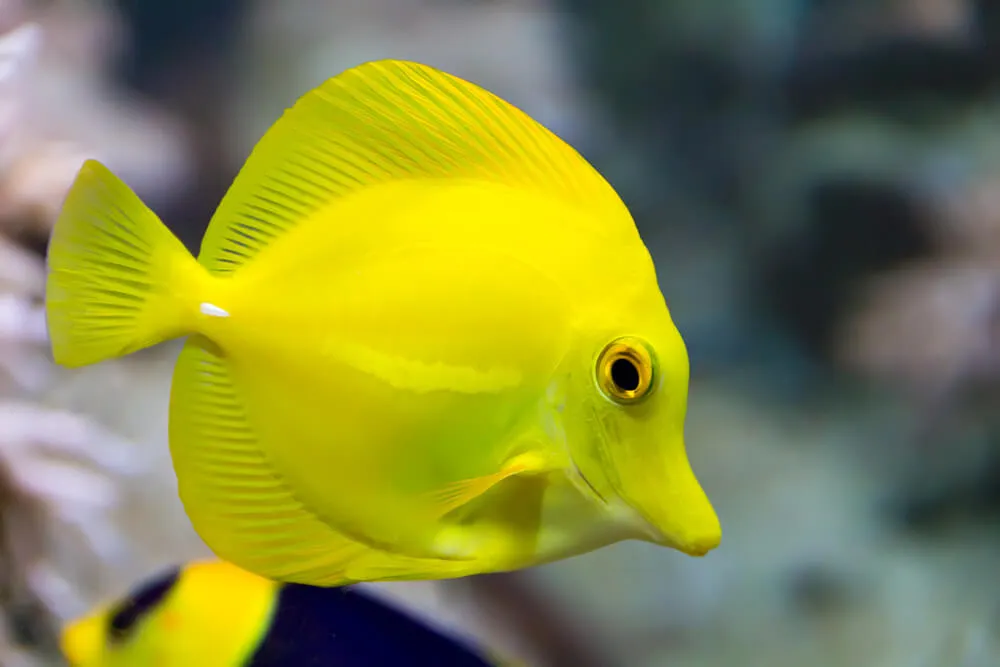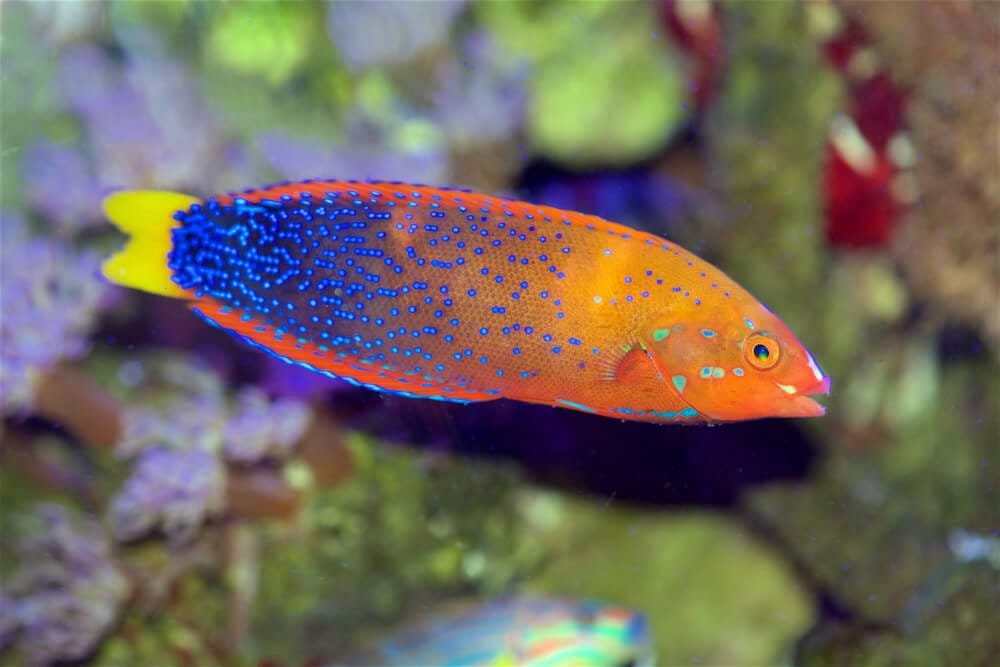With its vibrant colors and striking patterns, the Mimic Tang is a marine marvel that has captivated fish enthusiasts across the globe. Originating from the waters of the Indo-Pacific region, this fascinating creature is known for its ability to imitate the appearance and behavior of other fish species. From its distinctive blue body to its intricate markings, the Mimic Tang is a true chameleon of the sea, constantly changing its appearance to blend in with its surroundings. Join us as we explore the world of the Mimic Tang and uncover the secrets behind its remarkable mimicry skills.
Mimic Tang
Have you ever seen a fish that looks like it’s the master of disguise? Well, let me introduce you to the Mimic Tang! This incredible creature has the ability to mimic other fish species, making it a true chameleon of the ocean. In this article, we will explore the physical appearance, habitat, feeding habits, social behavior, and more of this fascinating fish.
Physical appearance and characteristics
The Mimic Tang, also known as the White-faced Surgeonfish, is a medium-sized fish that can grow up to 10 inches long. Its body is oval-shaped, with a vibrant yellow color and black and white stripes running horizontally across its sides. What makes this fish truly unique is its ability to change its appearance to resemble other fish. It can mimic the appearance of various species such as the Yellow Tang, Orangespine Unicornfish, and even the Clownfish!
The Mimic Tang also possesses a protruding snout and sharp teeth, giving it a somewhat menacing appearance. However, despite its sharp teeth, the Mimic Tang is a peaceful fish that gets along well with other species in the aquarium.
Habitat and distribution
The Mimic Tang is primarily found in the warm waters of the Pacific Ocean, particularly in the Indo-Pacific region. It can be spotted along coral reefs, lagoons, and rocky coastlines. These fish prefer depths of around 20 to 70 feet, where they can find plenty of food and suitable hiding spots.
Diet and feeding habits
When it comes to diet, the Mimic Tang is primarily herbivorous. It feeds on algae, seaweed, and other plant material found on rocks and coral. Due to their constant grazing activities, Mimic Tangs play a crucial role in controlling algae growth within the coral reef ecosystem.
In the aquarium, it is important to provide them with a varied diet that includes algae-based flake foods, spirulina, and fresh vegetables such as spinach and kale. Supplementing their diet with the occasional meaty treat such as mysis shrimp or brine shrimp will also help keep them healthy and happy.
Social behavior and reproduction
Mimic Tangs are generally peaceful and can be kept with other non-aggressive fish species. They are not known to be territorial and will often swim in groups, especially when they are young. However, it is best to provide them with enough space to swim and hide, as overcrowding can cause stress and lead to health issues.
When it comes to reproduction, Mimic Tangs are known to form monogamous pairs. During the spawning season, which usually occurs in the spring, the female will release her eggs into the water column, while the male simultaneously releases his sperm. The eggs are then fertilized and left to develop and hatch on their own.
Interaction with humans
Mimic Tangs are popular among aquarium enthusiasts due to their striking colors and interesting behavior. Their ability to mimic other fish adds an element of surprise and wonder to any aquarium. However, it is important to note that these fish require a well-maintained and adequately sized aquarium to thrive. They also need regular water changes and a stable salinity level to ensure optimal health.
Conservation status and threats
The Mimic Tang is currently listed as a species of least concern on the IUCN Red List of Threatened Species. However, like many other reef-dwelling fish, they face threats from habitat destruction, overfishing, and the impact of climate change. Coral bleaching, caused by rising water temperatures, can have a significant impact on their habitat and food sources.
To ensure the future survival of the Mimic Tang and other coral reef species, conservation efforts such as marine protected areas and sustainable fishing practices are essential.
Interesting facts about Mimic Tang
- Mimic Tangs are known for their ability to change their appearance to mimic other fish species.
- The white stripe on their forehead gives them the nickname “White-faced Surgeonfish.”
- They play a vital role in maintaining the health of coral reefs by controlling algae growth.
- They have sharp teeth but are generally peaceful and non-aggressive toward other fish.
Similar fish species
While the Mimic Tang is truly unique in its ability to mimic other fish, there are a few other species that share similar characteristics. The Yellow Tang, Orangespine Unicornfish, and Clownfish are all known for their bright colors and unique markings. However, unlike the Mimic Tang, these species do not possess the same camouflaging ability.
Aquarium care and suitability
If you are thinking of adding a Mimic Tang to your aquarium, there are a few things to consider. They require a tank of at least 75 gallons or larger, as they need plenty of space to swim and explore. It is also important to provide them with plenty of hiding spots, such as live rock or coral formations, as they enjoy having a place to retreat to when feeling stressed.
Maintaining good water quality is crucial for the health of your Mimic Tang. Regular water changes, appropriate filtration, and monitoring of water parameters such as temperature, pH, and salinity are essential. Mimic Tangs are generally hardy fish, but sudden changes in water conditions can be stressful for them.
Conclusion
The Mimic Tang is a true marvel of nature with its ability to transform and mimic other fish species. Its vibrant colors, unique markings, and peaceful nature make it a popular choice for aquarium enthusiasts. However, it is important to remember that these fish require proper care and a suitable habitat to thrive.
By learning about the Mimic Tang’s physical appearance, habitat, feeding habits, social behavior, and the challenges it faces in the wild, we can appreciate and contribute to the conservation efforts aimed at ensuring the survival of this remarkable species. So if you’re captivated by the world of marine life, consider adding a Mimic Tang to your aquarium and be amazed by its incredible mimicry skills!







